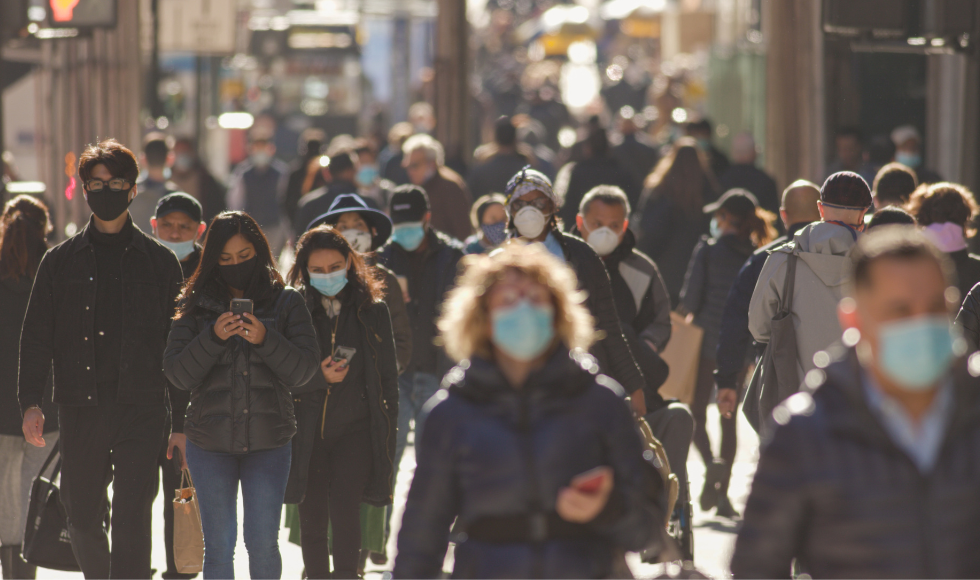Researchers use wearable tech to detect COVID-19 before onset of symptoms

Research on using wearable health monitors for early detection of COVID-19 opens the door to using commercially available health monitors to detect other infectious diseases.
BY Jesse Dorey
July 19, 2022
Wrist-worn health devices can be combined with machine learning to detect COVID-19 infections as early as two days before symptoms appear, McMaster researcher David Conen and a team of experts from across Europe have determined.
The COVI-GAPP study, born out of a larger research project based in Lichtenstein, was conducted by researchers from McMaster, the Dr. Risch Medical Laboratory, the University of Basel in Switzerland and Imperial College London.
Based on the team’s findings, which were published last month in BMJ Open, another group of researchers have begun a larger study, which could open the door to applying the use of wearable health tech for the early detection of other infectious diseases.
The aim of the COVI-GAPP study was to determine if existing wearable health devices could be paired with machine learning technology to detect presymptomatic and asymptomatic COVID-19 infections.
“When the pandemic started in March 2020,” Conen explains, “we quickly thought about how we could […] contribute to the knowledge gain and help to prevent and treat patients with COVID and help to avoid or better treat and better handle future pandemics.”
COVID-19 symptoms typically take a few days to appear, during which time the infected person can unknowingly spread the virus to others.
“If you can isolate those patients with COVID or whatever future infection there is, then this could have great implications for public health,” says Conen, an associate professor of medicine in the Faculty of Health Sciences and a scientist at the Population Health Research Institute.
“This [study] is related to multiple different infections or other diseases where you can use those algorithms to identify people early and either try to prevent complications, isolate the patients when it’s a very contagious disease, and change treatments.”
The study collected data from 1,163 participants from March 2020 until April 2021. Participants wore an AVA fertility tracker, a commercially available, FDA- and European agency-approved health bracelet that monitors breathing rate, heart rate, heart rate variability, skin temperature and blood flow at night while sleeping.
The bracelet was synchronized to a modified mobile app that was used to record any activity that might affect the body’s central nervous system, such as alcohol use and prescription or recreational drug intake, as well as any potential COVID-19 symptoms.
127 participants tested positive for COVID-19 during the study. The bracelet picked up noticeable changes in all five physiological indicators during all stages of infection.
Based on the information that was provided by the patients, an algorithm was trained to detect COVID-19 symptoms in 70 per cent of the participants who tested positive for the virus. 73 per cent of confirmed positive cases were detected up to two days prior to symptoms appearing in the training stage.
The algorithm was then tested against the remaining 30 per cent of participants. Results were similar in the testing stage, as the algorithm was able to detect 68 per cent of the positive cases as early as two days before the onset of symptoms.
“That an existing medical device is able to be used in a different meaning [shows] that wearables have a promising future,” says Conen.
The original participatory study was conducted with a relatively small group of participants, and the group lacked diversity in ethnicity, age, and geographic location, the research team notes.
To address these challenges and further test the efficacy of wearable health devices and machine learning in COVID-19 detection, a much larger study of 20,000 participants is being conducted in the Netherlands. The researchers expect to publish its results later this year.
Conen looks forward to those results and the potential for this technology to have applications beyond COVID-19 detection.
“This is not related only to COVID,” he says. “In future diseases, it could also lead to preventative treatments and prevent significant complications.”


